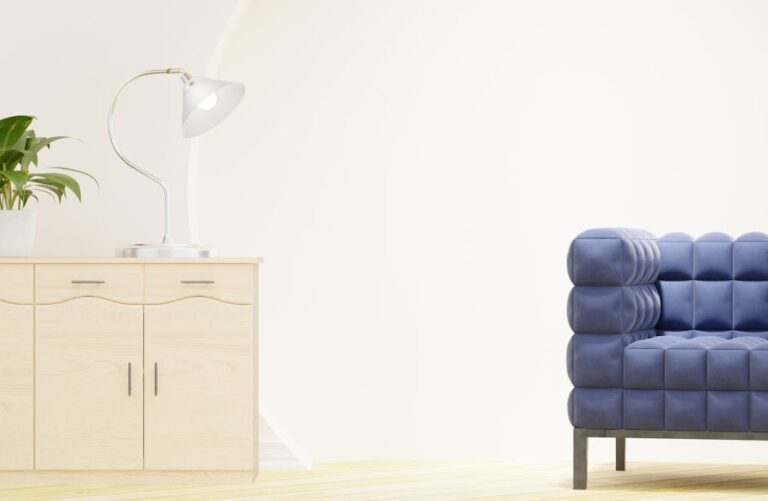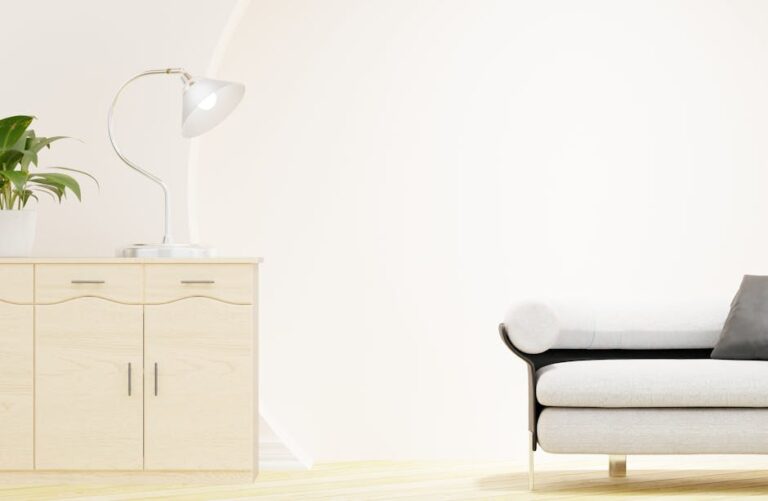
How to Build a Minimalist Wardrobe: A Comprehensive Guide
1. Defining Your Personal Style: The Foundation of Minimalism
Before purging or purchasing, understanding your personal style is paramount. Minimalism isn’t about owning as few clothes as possible; it’s about owning clothes you love and wear. Ask yourself:
- What activities fill my week? Commuting, working from home, formal office setting, weekend hikes, social events – each activity dictates specific wardrobe needs. List these out and allocate approximate percentages to each.
- What silhouettes flatter my body type? Experiment with different shapes. A-line skirts, straight-leg pants, fitted blazers – identify what makes you feel confident and comfortable. Consider proportions: are you pear-shaped, apple-shaped, hourglass, or rectangular? Resources like body shape guides can be invaluable.
- What colors do I gravitate towards? Look in your closet. What colors do you instinctively reach for? Are you drawn to neutrals, bold hues, or a mix? Focus on a core palette of 2-4 neutral colors (black, grey, navy, beige, white) and 1-2 accent colors that complement them.
- What fabrics do I prefer? Consider climate and comfort. Linen breathes well in summer, while wool provides warmth in winter. Prioritize durable, high-quality fabrics like cotton, silk, linen, wool, and cashmere. Check care labels to ensure the fabrics suit your lifestyle (e.g., avoiding dry-clean-only items if you prefer machine washing).
- Who are my style icons? Analyze the wardrobes of people whose style you admire. Identify common themes, silhouettes, and colors. Pinterest boards, Instagram, and fashion blogs are excellent resources for inspiration. Don’t copy outright, but use them as a guide for developing your own style.
- What feeling do I want my clothes to evoke? Do you want to project confidence, approachability, professionalism, or creativity? Your clothing choices can significantly influence how you’re perceived.
Answering these questions will provide a clear picture of your style preferences and guide your future wardrobe decisions.
2. The Great Closet Purge: A Ruthless Edit
Once you understand your style, it’s time to declutter. This is often the most challenging but crucial step. Be honest with yourself.
- Take Everything Out: Empty your entire wardrobe onto your bed. This allows you to see the sheer volume of your clothing and forces you to handle each item individually.
- The Four-Pile System: Create four piles:
- Love/Wear: Items you love, wear regularly, and fit perfectly.
- Maybe: Items you’re unsure about. These require further evaluation.
- Donate/Sell: Items that are in good condition but no longer fit your style, body, or lifestyle.
- Trash/Recycle: Items that are damaged beyond repair.
- Evaluate the “Maybe” Pile: Ask yourself these questions for each item:
- Have I worn this in the past year? If not, why?
- Does it fit perfectly? (Be honest about alterations).
- Does it flatter my body type?
- Does it match my current style?
- Can I create at least three different outfits with it?
- Does it make me feel good when I wear it?
- If the answer to any of these questions is “no,” it goes into the Donate/Sell pile.
- The “One In, One Out” Rule: After you’ve curated your minimalist wardrobe, adopt the “one in, one out” rule. For every new item you purchase, remove one similar item from your closet. This prevents over-accumulation and maintains a curated collection.
- Consider a Capsule Wardrobe Trial: Before completely committing to a minimalist wardrobe, experiment with a capsule wardrobe for a month. Choose a limited number of items and create outfits using only those pieces. This will help you identify essential items and discover potential gaps in your wardrobe.
3. Building Your Core Wardrobe: Essential Pieces
Focus on versatile, high-quality basics that can be mixed and matched to create numerous outfits. Here’s a suggested list, adaptable to individual needs:
- Tops:
- White T-shirt (2-3): A classic staple that can be dressed up or down.
- Black T-shirt (1-2): Equally versatile, especially for evening wear.
- Striped Breton Top (1): Adds a touch of Parisian chic.
- Neutral Blouse (2): Silk or cotton blouses in neutral colors (white, beige, navy) for more formal occasions.
- Cashmere Sweater (1-2): Comfortable and stylish for cooler weather. Choose neutral colors like grey, black, or camel.
- Bottoms:
- Dark Wash Jeans (1-2): Choose a flattering fit that suits your body type.
- Black Pants (1-2): Versatile for work or evening events. Options include tailored trousers, wide-leg pants, or culottes.
- Neutral Skirt (1-2): A-line, pencil, or pleated skirts in neutral colors can be dressed up or down.
- Tailored Shorts (1): Appropriate for warmer weather and casual outings.
- Outerwear:
- Trench Coat (1): A timeless classic that provides both style and practicality.
- Blazer (1-2): A versatile piece that can be worn for work or social events. Choose a neutral color that complements your wardrobe.
- Leather Jacket (1): Adds a touch of edge to any outfit.
- Winter Coat (1): Choose a warm and durable coat that suits your climate.
- Dresses:
- Little Black Dress (LBD) (1): A classic for formal occasions.
- Neutral Day Dress (1-2): A versatile dress that can be worn for work, errands, or social events.
- Shoes:
- White Sneakers (1): Comfortable and stylish for everyday wear.
- Black Ankle Boots (1): Versatile for fall and winter.
- Neutral Heels (1): For formal occasions.
- Flats (1): Comfortable and practical for everyday wear.
- Accessories:
- Neutral Scarf (1-2): Adds warmth and style.
- Belt (2-3): Black and brown belts to cinch waists and add definition.
- Jewelry: Minimalist jewelry that complements your style.
- Bag: A versatile everyday bag in a neutral color.
4. Quality Over Quantity: Investing Wisely
Focus on purchasing high-quality items that will last for years. Consider the cost per wear. A more expensive item that you wear frequently is often a better investment than a cheaper item that you only wear a few times.
- Research Brands: Investigate brands known for their quality and ethical production practices. Read reviews and compare prices.
- Check Fabric Composition: Pay attention to the fabric composition. Natural fibers like cotton, linen, silk, and wool are generally more durable and breathable than synthetic fibers.
- Examine Construction: Look for well-made seams, sturdy zippers, and durable buttons.
- Consider Tailoring: A well-tailored garment can make a significant difference in fit and appearance. Invest in alterations to ensure that your clothes fit perfectly.
- Care for Your Clothes: Proper care is essential for extending the life of your clothes. Follow the care instructions on the garment label.
5. Color Palette Mastery: Creating a Cohesive Wardrobe
A cohesive color palette is crucial for a minimalist wardrobe. Stick to a neutral base (black, grey, navy, beige, white) and add 1-2 accent colors that complement your complexion and style.
- Determine Your Undertone: Determine whether you have warm, cool, or neutral undertones. This will help you choose colors that flatter your skin.
- Choose Complementary Colors: Select accent colors that complement your neutral base. For example, navy pairs well with red, mustard yellow, and blush pink.
- Create a Mood Board: Gather images of outfits you like and analyze the color combinations. This will help you visualize your ideal color palette.
- Stick to Your Palette: Resist the urge to purchase items in colors that don’t fit your palette. This will ensure that your wardrobe remains cohesive and versatile.
6. Outfit Formula Development: Maximizing Versatility
Creating outfit formulas will help you maximize the versatility of your minimalist wardrobe.
- Mix and Match: Experiment with different combinations of your core pieces.
- Layering: Layering allows you to create different looks with the same items.
- Accessorize: Accessories can transform an outfit from casual to dressy.
- Create a Lookbook: Take photos of your favorite outfits and create a lookbook for inspiration.
- Plan Your Outfits: Plan your outfits for the week in advance. This will save you time and stress in the morning.
7. Seasonal Adjustments: Adapting to the Weather
A minimalist wardrobe should be adaptable to different seasons.
- Store Off-Season Items: Store off-season items in a separate location to free up space in your closet.
- Add Seasonal Pieces: Add a few key seasonal pieces to your wardrobe as needed.
- Focus on Layering: Layering allows you to adapt your existing wardrobe to different temperatures.
- Invest in Versatile Items: Choose items that can be worn in multiple seasons.
8. Continuous Evaluation and Refinement: A Living Wardrobe
Building a minimalist wardrobe is an ongoing process. Regularly evaluate your wardrobe and make adjustments as needed.
- Assess Your Needs: Re-evaluate your lifestyle and style preferences regularly.
- Identify Gaps: Identify any gaps in your wardrobe and fill them with carefully chosen pieces.
- Purge Unworn Items: Regularly purge items that you no longer wear or love.
- Embrace Change: Your style may evolve over time. Embrace change and adjust your wardrobe accordingly.
